The Yak-152 is a new-generation primary trainer aircraft developed by Yakovlev Design Bureau, a part of Irkut Corporation. The aircraft is intended for the Russian Ministry of Defence, paramilitary sport organisation DOSAAF (Volunteer Society for Cooperation with the Army, Aviation, and Fleet), and other organisations of the Russian Federation.
The aircraft is intended to provide primary pilot training, professional selection, and occupational guidance for future military fighter pilots. It will be included in the UTK-Yak training complex, which consists of the Yak-130 combat trainer, computer display classrooms, PC-based procedural simulators, and functional simulators.
Yakovlev Design Bureau is the potential prime contractor for the Yak-152 aeroplane. Federal arms supply agency Rosoboronpostavka began a tender in March 2014 to complete development of a Yak-152 piston training aircraft at an estimated cost of RUR300m ($8.32m). A mock-up of the Yakovlev-152 trainer was made by OSKBES MAI in September 2014.
 Image: sdelanounas.ru
Image: sdelanounas.ru
The Yak-152 aircraft development programme includes production of four prototypes, with two are aimed for flight trials, one for static tests and the final for fatigue testing. . The first prototype achieved its maiden flight in September 2016. The first Yak-152 trainer aircraft is anticipated to be operational by 2017.
Irkut received a contract from the Russian Ministry of Defence (MoD) in June 2015 to supply approximately 150 Yak-152 aircraft by 2020.
Defense Ministry ordered 150 light trainer aircraft Yak-152
 Image: © RIA Novosti. Sergey Cafronov
Image: © RIA Novosti. Sergey Cafronov
IRKUTSK, June 7 -. RIA Novosti Russian Ministry of Defence has ordered 150 light trainer aircraft Yak-152 for primary training of military pilots, he told reporters on Tuesday in Irkutsk director of lean manufacturing Irkutsk aircraft factory Sergey Yamani.
Currently at the plant in various stages of assembly are three Yak-152.
“At present the Irkutsk aircraft factory proceeds to the order of the Ministry of Defense, which has ordered 150 of these vehicles,” – he said.
He recalled that the two-seater plane has a speed of up to 350 kilometers per hour, and has a catapult. Translated by Google – Source ria.ru
First prototype flight training aircraft Yak-152 rolled out

Yak-152 aircraft for the Russian VKS created as part started in 2014 ROC “Bird-Air”. According to the documentation on OCD, its implementation was assumed in the following stages:
- Technical design – period up to 30.04.2014
- Development of design documentation for the production of a prototype – a term up to 09.30.2014
- Prototyping: two flying, one for static and endurance tests, as well as procedural simulator, a computer classroom, means of objective control – a term up to 10.30.2015
- Carrying out preliminary tests (PI), improvement in their results and presentation to the GOP – 10.30.2015 period of up to
- Conducting state tests – a term up to 09.30.2016
6.RKD Adjustment and revision on the results of state tests by assigning RKD letters “O1” – a term up to 25.11.2016. Translated by google – Source livejournal.com
Yak-152 Second Prototype to Take Off This Summer: Here
Excerpt
The flight prototype No. 2 built at the Irkutsk aircraft plant, the branch of the Irkut Corporation PJSC, will begin undergoing flight tests in the nearest future.
“We were licensed for two-pilot flights in the spring”, Vasily Sevastyanov, 1st Class research pilot told Mil.Today. So far, he has been flying on the new plane alone; however, the second pilot has already started training program.
Specialists of TsAGI have completed the next cycle of strength tests of the Yak-152
Yak-152 trainer aircraft design and features
 Image: redstar.gr
Image: redstar.gr
The Yak-152 primary / basic trainer aircraft features all-metal airframe, low wing, aerofoil monoplane design. It is easy to maintain and requires low operating costs.
The wings are attached with trim rudders and ailerons to provide improved aerodynamic efficiency. The aircraft features a retractable tricycle landing gear consisting of a nose wheel and two main wheels, with low-pressure tyres and shock-absorbing properties, allowing the aircraft to take-off and land safely on small unprepared airfields.
The Yak-152 trainer aircraft has a length of 7.72m, wing span of 8.82m and a height of 2.47m. The maximum take-off weight is 1,320kg and it can carry a maximum fuel load of 200kg. It features a monocoque fuselage made up of four longerons.

Operated by a single pilot, the cockpit can accommodate two crew members in tandem configuration. The pupil-pilot seat is located in the front section, while the instructor is seated at the rear. The aircraft uses the SKS-94M ejection system to provide safe escape for pilots in case of an emergency. It is also installed with heating and ventilation systems.
Avionics of Yakovlev Design Bureau’s trainer aircraft
The Yak-152 primary trainer aircraft can be equipped with advanced flight navigation, radio communications, and targeting equipment to provide high-reliability and enhanced training capabilities for the pilots.
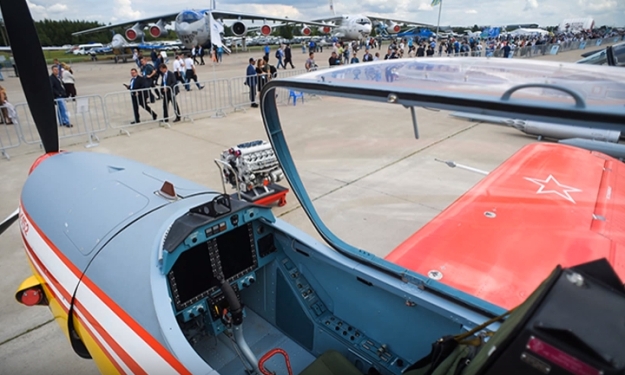 Саша Белый
Саша Белый Саша Белый
Саша Белый aviationanalysis.net
aviationanalysis.net
High reliability, simple structure, access to the system units and pipelines ensure easy maintenance with minimum costs for flight preparation with minimum available ground servicing equipment. The wing aerodynamic configuration, wing planform and airfoil have been selected to provide the aircraft functions of primary training and aerobatics.

The Yak-152 trainer aircraft features monocoque fuselage. Image: courtesy of Eas4200c.f08.nine.o. Source: airforce-technology.com
It is planned to use the Yak-152 aircraft in aero clubs and flying schools that makes it possible to train skilled pilots and sports aircraft pilots in a short period of time at minimum costs. Source yak.ru
Primary Trainer
Yak-152 primary training aircraft constitutes a new trend of Irkut Corporation activity in the sphere of flight trainer development.
Yak-152 aircraft is a component of the integrated training system designated for training pilots of contemporary and prospective aircraft. This system also includes flight simulators, computerized classrooms, as well as monitoring and control means.
Yak-152 provides implementation of key tasks of primary flight training by day and night.
Yak-152 is designated for training in:
- piloting technique, including basic, advanced, and aerobatic pilotage;
- navigation basics;
- spin in and spin off techniques;
- instrumental en-route flight and landing approach using the airfield ILS;
- group piloting at daytime, in VFR and over clouds;
- acting in emergencies.
Aerodynamic configuration of the aircraft ensures flight safety during improper piloting.
Yak-152 is equipped with the innovative RED A03T piston diesel engine fueled with aviation kerosene.
Inside the unpressurized two-seat cockpit pilots are ‘tandem’ positioned. The forward crew station is designated for trainee, the aft one accommodates instructor.
The Yak-152 avionics suite provides:
- indication of data on multi-function LCDs;
- triple redundancy of flight-and-navigation equipment;
- registration of flight information and aircraft systems’ performance data, as well as recording of crew’s voice conversations to a hardened on-board recorder;
- automatic response to requests of IFF radar systems and secondary radars of traffic control systems.
The distinctive feature of Yak-152 aircraft is the unique SKS-94M ejection system providing emergency escape of both crew members.
СКС-94 emergency escape system for acrobatic and light airplanes
 Image: zvezda-npp.ru
Image: zvezda-npp.ru
The CKC-94 system is designed for pilots’ escape from acrobatic and light airplanes; the system is one of the CKC-94 system modifications operated in the Su-31M, Su-26M3 and Yak-52M airplanes.
All versions of the system have passed through the State Test Program.
The СКС-94М2 emergency escape system features:
- СПС-99 parachute system having a minimum weight and minimum volume when packed;
- restraint system providing reliable restraint of the pilot in the seat exposed to accelerations in any direction;
- stepless height adjustment.
The СКС-94М2 system provides safe emergency escape from the single-seat and two-seat airplanes at the flight speeds from 70 to 400 km/h and altitudes from 10 to 4000 m (with trajectories diversion at the simultaneous ejection of two pilots from the wrecking aircraft).
The СКС-94М2 useful lifetime is 30 years.
The routine maintenance is performed every 5 years.
Source zvezda-npp.ru
The aircraft is capable of operating from small airfields with ground strength of 5 kg/сm2 .
The possibility of outdoor storage is envisioned.
Service life is not less than 10,000 hours, 30 years, and 30,000 landings.
Aggregates, systems, and equipment of the aircraft may be operated on condition.
Simplicity of design, convenient access to aggregates and wirings facilitate aircraft maintenance.
Designers of Yak-152 leaned on a wealth of experience amassed by Yakovlev Design Bureau in development of training aircraft. Since 1935, more than 22,000 UT-2, Yak-11, Yak-18, Yak-52 piston-engine trainers have been manufactured in Russia and abroad. Source irkut.com
Yak-152 propulsion and performance
The Yak-152 is powered by a single M-14X turboprop engine with a generating capacity of 360hp.
 The prototype Yak-152 seen at the IAZ factory in Irkutsk recently with Red 03/V-12 Engine
The prototype Yak-152 seen at the IAZ factory in Irkutsk recently with Red 03/V-12 Engine
New Yak-152 Trainer Will Come With Alternate Powerplants
The Irkutsk Aviation plant (IAZ) of Irkut Corporation has mated the fuselage with the wing of a prototype Yakovlev Yak-152 twin-seat weaponized piston trainer. The project was revealed at the Singapore Airshow and is said to be on track for first flight by year-end. Both piston and diesel-powered versions are planned.
The fuselage is a semi-monocoque all-metal construction except for the engine cowling, which is made of carbon-plastic. Wings are made of aluminum alloys. Yakovlev says the extensive use of metal is for simplicity of manufacturing, ensuring low costs, as well as for ruggedness and ease of repair.
“The prototype is powered by a diesel from Raikhlin Aircraft Engine Developments (RED) of Germany. It is available in two versions, 300 (A05/V12) or 500 hp (A03/V6). The latter provides sufficient power for the Yak-152 to fly with four underwing weapons pylons and up to 550 kg [1,100 pounds] of munitions on them.”
“But the requirement from Russia’s Air and Space Force (VKS) is for 150 aircraft in the roles of screener and basic trainer. For this and other domestic customers, the Yak-152 will be powered by the M-14X radial nine-cylinder piston engine from the Experimental Design Bureau of Engine Building (OKBM) based in Voronezh. The M-14X is a recent, more powerful version of the popular Vedeneyev M-14P that develops 360 hp at “maximum” mode and 400 hp at “emergency.”
Vedeneyev M-14P
 M-14P – Image: 14p.com
M-14P – Image: 14p.com
“We were told to do everything to reduce dependence on import,” an authoritative sourсe at Irkut told AIN. He added that the diesel version will be largely offered for export, whereas local customers insist on “a completely Russian solution.”
 M-14P – Image: 3dcadbrowser.com
M-14P – Image: 3dcadbrowser.com
The M-14X-powered version is lighter, with gross weight (with the RED A03/V12 engine) reduced from 2,125 kg (4,685 pounds) to 1,400 kg (3,086 pounds). It has g limits of +9/-7; the g limits of the diesel version are+5/-3. While the maximum diving speed remains at 500 km/h (270 knots), the maximum level speed drops from 380 km/h (205 knots) to 335 km/h (181 knots). The maximum climb rate rises from 8 to 11 meters per second (1,575 to 2,165 ft/min). Takeoff run decreases from 300 (990 feet) to 200 meters (660 feet). The landing run is reduced from 450 meters (1,485 feet) to 250 meters (825 feet), as a result of the landing speed going down from 145 km/h (78 knots) to 115 km/h (62 nots).”
Yakovlev claims that the M-14X-powered Yak-152 has a 7 percent advantage over the closest competitor in maximum range (on inner fuel it can cover 1,500 km or 810 nm) and a 15 percent advantage in the rate of climb.
The design bureau suggests that the Yak-152 will appeal to sport fliers and for export.
For IAZ, the Yak-152 represents a second completely digital aircraft design. The first was the Yak-130 advanced jet trainer, which is being produced at a rate of 30 units annually. Source ainonline.com
Introducing the Raikhlin RED A03 500HP aero diesel
 Raikhlin RED A03 Image: dieselair.com
Raikhlin RED A03 Image: dieselair.com
Press Release: Raikhlin Aircraft Engine Developments GmbH, a new venture founded by Wladimir Railkhlin and his associates, successfully completed a full-scale flight test of the most powerful modern diesel piston engine designed for General Aviation. Initial flight test on a modified Yak 52 is the beginning of the exploration of defined parameters for RED A03 engine installation within which the engine may operate – from normal to extreme conditions. It is a water & oil-cooled double OHC, V12, common-rail direct injection engine. The propeller is gear-driven (single-stage, 1/1.67 ratio). Compression is 16.5. It is the product of RED Aircraft GmbH in Adenau, Germany. Testing location was limited by the range of the telemetry equipment on the ground. The engine generates 370 kW (500HP) take off power in basic specification, at around 3,900 rpm, showing a specific (JETA/diesel) fuel consumption of 210-220 gr/kWh. Full spec. engine weight at the moment is 320 kg (705 Lbs.),- two alternators, starter, engine/gearbox oil heat exchanger, prop governor. Initial test data showed the engine performance met all expectations, says RED’s management. Information collected from this test, together with data from former development tests, will be evaluated to better understand the performance and reliability of the design. Indeed, the RED A03 bridges the traditional gap between piston engines and substantially more expensive turboprops. RED Aircraft GmbH is in DOA and TC certification process with EASA. Source dieselair.com
Raikhlin RED A05 / V6
 (A03/V6)
(A03/V6)
Its propulsion system provides a stalling speed of 100km/h and a maximum speed of 500km/h. It offers a maximum range of 1,000km and can carry out training missions for up to 10,000 hours. With a maximum take-off distance of 175m and a maximum landing run distance of 360m, it can reach a maximum altitude of 4,000m.
The primary trainer aircraft will have a calendar life of 30 years and a service life of 10,000 hours. The maximum and minimum load factors are 9g and -7g respectively.
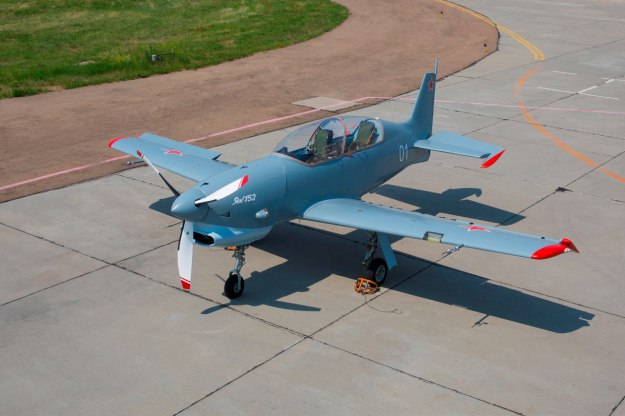
| Engine power hp/kW: | 500/368 |
| Dimensions, m: | |
| • length | 7.8 |
| • height | 3.11 |
| • wing span | 8.8 |
| Wing area, m2: | 12.9 |
| Max. takeoff weight, kg: | 1,490 |
| Max. G-load: | |
| • with two pilots | +8…-6 |
| • with one pilot | +9…-7 |
| Takeoff run (concrete/ground), m: | 235/260 |
| Landing run (concrete/ground), m: | 420/375 |
| Climb rate, m/sec: | 10 |
| Max. ceiling, m: | 4,000 |
| Max. level flight speed at ground level, km/h: | 500 |
| Max. flight range with full fuel load, km: | 1,500 |
| Max. fuel reserve, km: | 175 |
| Fuel type: | TS-1 |
Source uacrussia.ru
Main material source airforce-technology.com
Images are from public domain unless otherwise stated
Updated Oct 09, 2018

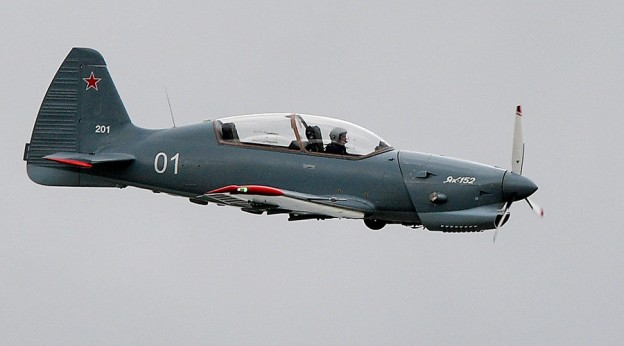


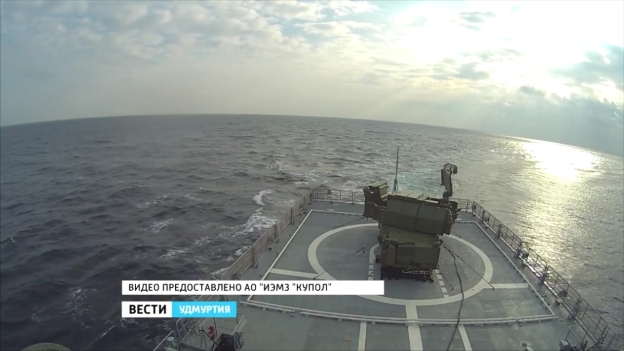




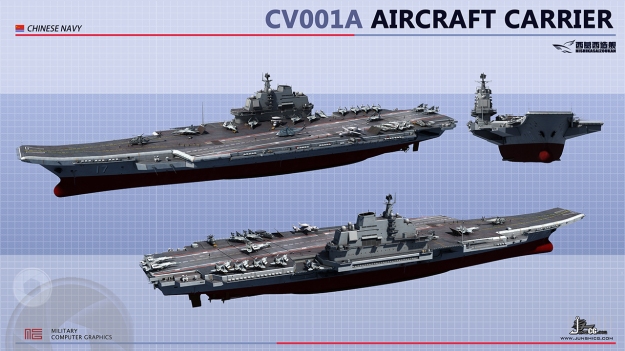
 Image: globalsecurity.org
Image: globalsecurity.org






















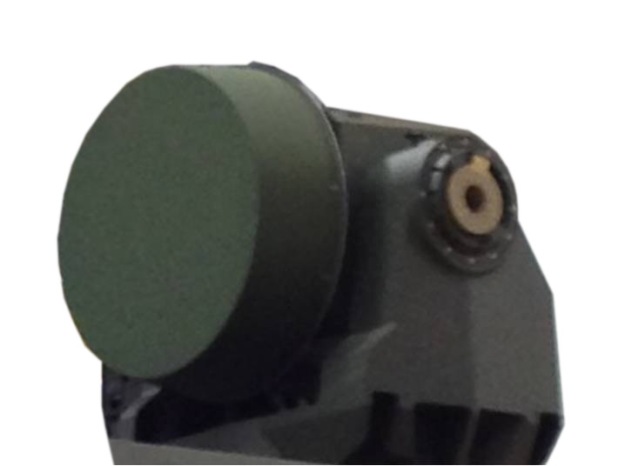




 BAE Systems is set to commence firing trials of the MBDA Brimstone precision air-to-surface weapon with the Eurofighter Typhoon platform in June 2017. (BAE Systems)
BAE Systems is set to commence firing trials of the MBDA Brimstone precision air-to-surface weapon with the Eurofighter Typhoon platform in June 2017. (BAE Systems)
























